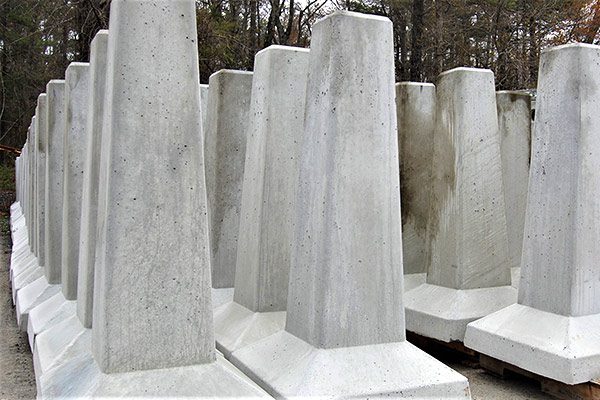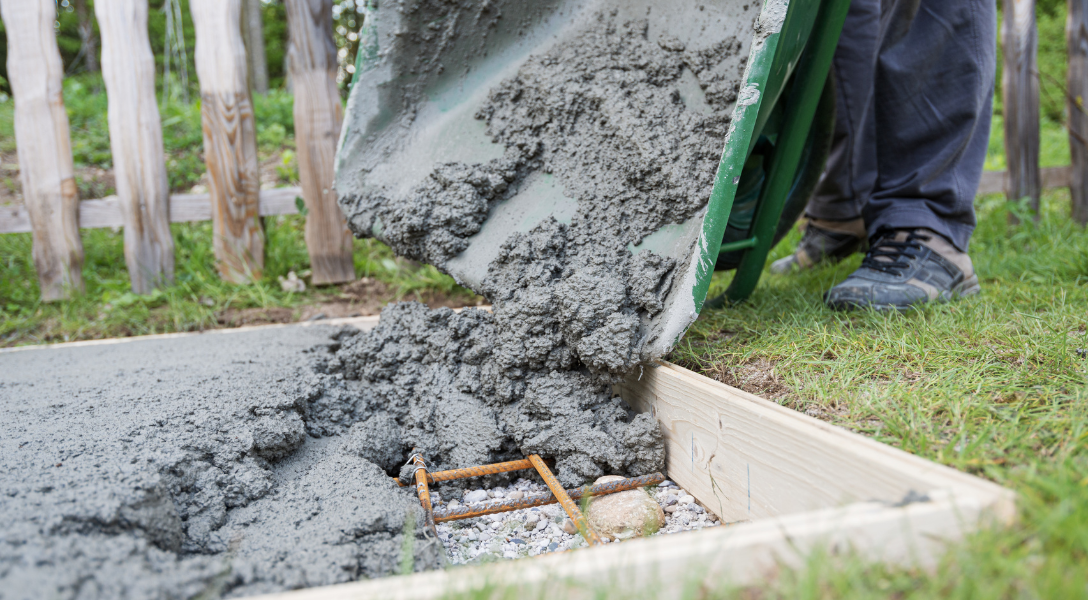Deck Footings 101: Navigating the Essentials for a Secure and Sturdy Deck
Deck Footings 101: Navigating the Essentials for a Secure and Sturdy Deck
Blog Article
Expert Tips for Putting Up Deck Footings to Support Your Outdoor Area
When it comes to building a deck, one of the most crucial aspects to think about is the setup of proper footings. These footings are the foundation upon which your exterior room will certainly relax, offering stability and support for years to come. What specifically does it take to mount deck grounds appropriately?
Value of Appropriate Deck Grounds
Correct deck footings are essential for ensuring the security and durability of your exterior space. Without solid and appropriately mounted footings, your deck might come to be unstable, leading to safety and security dangers and costly fixings.

In addition to security, correct deck grounds also contribute to the durability of your outside space (Deck Footings). Grounds that are made and built to stand up to the aspects and dirt problems in your location will help prevent the deck from changing or resolving over time. By ensuring the grounds are properly sized and mounted, you can lessen the risk of damages to the deck structure, extending its life-span and minimizing the need for expensive repairs or replacements

Choosing the Right Kind Of Grounds
When selecting the appropriate kind of footings for your deck, it is essential to think about factors such as dirt problems, neighborhood building regulations, and the total design of your outdoor space. The kind of footing you pick will certainly play an important function in guaranteeing the stability and longevity of your deck.
One usual sort of footing is the concrete footing. Concrete footings appropriate for many soil conditions and give excellent support for decks. They are commonly installed below the frost line to avoid moving and settling due to freezing and thawing cycles. One more choice is helical piers, which are optimal for locations with unstable soil or high water tables. These piers are screwed into the ground and provide strong support for the deck.
In many cases, you may need to use customized footings, such as heap grounds or deep structures, if you are developing a multi-level or large deck. These grounds are made to disperse the weight of the deck over a larger area, making sure security and avoiding sinking or clearing up.
Prior to picking a kind of ground, it is vital to seek advice from regional structure codes and guidelines to guarantee compliance. In addition, think about the style and meant use of your outdoor space. Factors such as the dimension, form, and load-bearing demands of your deck will certainly influence the sort of footing that is most appropriate.
Preparing the Ground for Footing Setup
To properly prepare the ground for footing setup, it is necessary to evaluate the dirt problems and take essential steps to guarantee security and sturdiness of the deck. The very first action is to dig deep into the area where the grounds will certainly be set up. The depth of the excavation will certainly depend upon the frost line in your area and the certain requirements of the deck design. It is vital to get rid of any kind of greenery, rocks, or particles from the excavation to make sure a solid structure.
As soon as the area has been dug deep into, the following step is to small the dirt. This can be done using a plate compactor about his or by utilizing a hand meddle. Condensing the dirt helps to get rid of any type of voids or air pockets, which can cause clearing up and instability over time.
After compacting the soil, it is crucial to lay a layer of crushed rock or crushed stone at the base of the excavation. This will certainly give drain and help to avoid water from pooling around the footings, which can cause disintegration and instability.
Step-by-Step Overview to Setting Up Deck Footings
After effectively preparing the ground for footing installment, the following action is to start the procedure of installing deck footings. This detailed overview will provide you with a clear understanding of how to set up deck footings for your exterior space.
Figure out the place: Begin by noting the settings of the deck grounds using stakes and string. Ensure that the areas straighten with the style and layout of your deck.
Dig the holes: Utilize a message opening digger or an auger to dig the holes for the footings. The deepness and size of the openings ought to be in accordance with local structure codes and the particular requirements of your deck style.
Degree the holes: Make use of a level to make sure that the openings you could look here are dug to the proper depth and are level with each other. (Deck Footings)
Include crushed rock: Location a layer of gravel at the base of each opening to enhance drain and avoid the wood from deteriorating.
Put the grounds: Put the footings right into the holes, making certain they are degree and plumb. Utilize a level and a gauging tape to make sure precision.
Safeguard the grounds: Pour concrete right into the openings around the footings, filling them to the top. Use a blog post degree to guarantee the grounds remain level as the concrete collections.
Enable time for curing: Allow the concrete treatment according to the producer's guidelines prior to proceeding with the deck construction.
Usual Blunders to Prevent During Footing Setup
One important facet to consider throughout the setup of deck grounds is preventing usual mistakes that can compromise the security and long life of your exterior area. While deck grounds might feel like a basic and simple part of the building and construction process, neglecting particular factors can cause costly repair services and prospective safety dangers down the line.

In addition, overlooking to mount appropriate water drainage actions can create water to build up around the grounds, resulting in rot, degeneration, and the ultimate weakening of the deck's structure. Making use of the incorrect type of footing product or stopping working to appropriately secure the grounds can endanger their structural honesty.
To prevent these mistakes, it is necessary to talk to an expert or adhere to sector guidelines to ensure proper footing setup. By doing so, you can make certain the security and durability of your exterior room, providing a pleasurable and secure environment for years to find.
Final Thought
Finally, installing appropriate deck footings is vital for the security and long life of your exterior room. By picking the best kind of grounds and appropriately preparing the ground, you can ensure a solid foundation for your deck. Complying with a step-by-step guide and avoiding typical blunders throughout footing setup will even more enhance the longevity and safety and security of your deck.
Proper deck grounds are necessary for making certain the stability and long life of your exterior area. The footings serve as a link in between the ground and the deck, permitting the weight of the deck and its passengers to be spread evenly into the soil.One common kind of ground is the concrete ground. Put the grounds: Put the footings right into the openings, making sure they are level and plumb. Safeguard the grounds: Pour concrete into the openings why not find out more around the grounds, filling them to the top.
Report this page